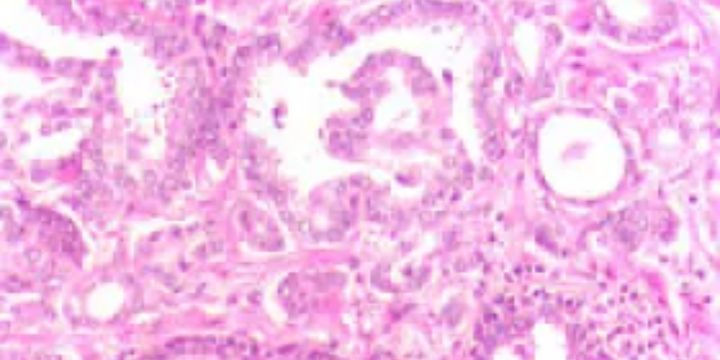New Hope for Prostate Cancer: Enzyme Blockade Weakens Tumors by Targeting the Androgen Receptor
- Oct 14
- 2 min read

The landscape of advanced prostate cancer treatment is often characterized by a race against resistance, but recent international studies point toward a potential "Achilles Heel" that could dramatically shift the odds in favor of patients. The key lies not just in attacking cancer cells directly, but in dismantling their protective mechanisms via a targeted Enzyme Blockade.
The focus of this promising new research centers on two specific enzymes, PDIA1 and PDIA5, which have been identified as molecular protectors of the Androgen Receptor (AR). Since prostate cancer growth is often fueled by the AR, rendering this receptor unstable is a primary goal of many treatments. Scientists discovered that when PDIA1 and PDIA5 are inhibited, the AR itself becomes destabilized, leading directly to the death of prostate cancer cells and significant tumor shrinkage.
This Enzyme Blockade approach offers a crucial double blow against the disease. Beyond their role in protecting the AR, these enzymes also assist in the cancer cells’ energy production. Thus, inhibiting them impacts both the core signaling pathway and the overall energy supply needed for tumor survival.
The most exciting result reported is the enhanced efficacy achieved through combination therapy. Existing standard treatments, such as the drug enzalutamide (which targets the AR), saw a significant improvement in drug effectiveness when paired with these new enzyme blockers. This suggests that combining the enzyme blockade with current AR-targeted therapies could offer a powerful new strategy for patients.
This research occurs within a complex and challenging clinical environment. While the PDIA1/PDIA5 findings offer a blueprint for overcoming resistance, other pathways are also being explored. For example, research targeting the EZH2 enzyme in drug-resistant prostate cancer suggests that inhibiting EZH2, also in combination with AR-targeted therapies, may be promising. However, this area of study highlights the complexity of the pathways involved, often requiring highly tailored therapies.
Adding to the complexity are existing challenges in access to treatment. Even as new therapies are researched, patients utilizing current advanced options have faced hurdles, such as the recent discontinuation of Lutetium PSMA radioligand therapy at public hospitals—an important option for advanced prostate cancer—demonstrating the volatility of treatment availability.
Ultimately, the identification and successful inhibition of molecular protectors like PDIA1 and PDIA5 represent a critical advance in understanding how to make prostate tumors vulnerable. By focusing on a precise Enzyme Blockade that destabilizes the Androgen Receptor, researchers are paving the way for significantly more effective combination treatments for Prostate Cancer patients.











Four years ago, my husband was diagnosed with IPF (Idiopathic Pulmonary Fibrosis), a moment that changed our lives significantly. For more than two years, he followed his prescribed medications and attended regular medical checkups. Despite this, his symptoms persisted, and we remained concerned about his overall health. He struggled with low energy, frequent discomfort, and the emotional stress that came with ongoing uncertainty.In search of additional support, we decided last year to explore a herbal treatment program offered by NaturePath Herbal Clinic. We approached it cautiously and without high expectations. Over time, however, we began to notice encouraging changes. His tiredness eased, his digestion became more stable, and he appeared stronger and more at ease overall. Little by little, his…